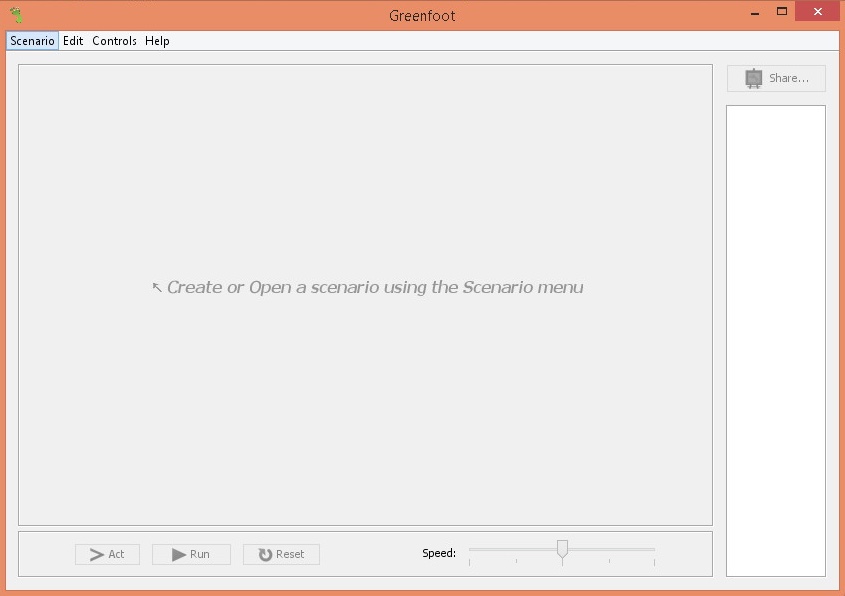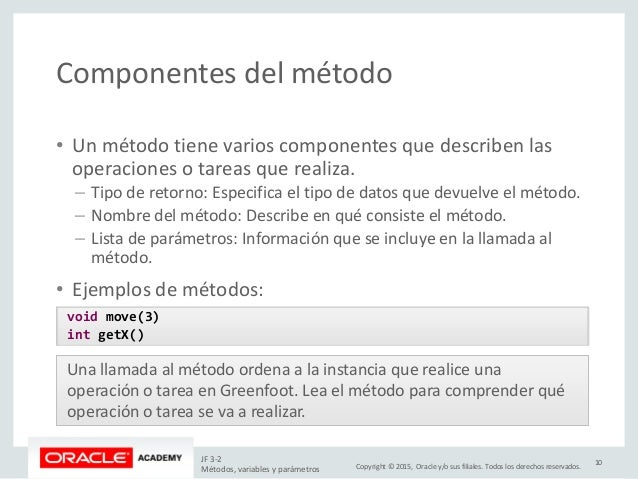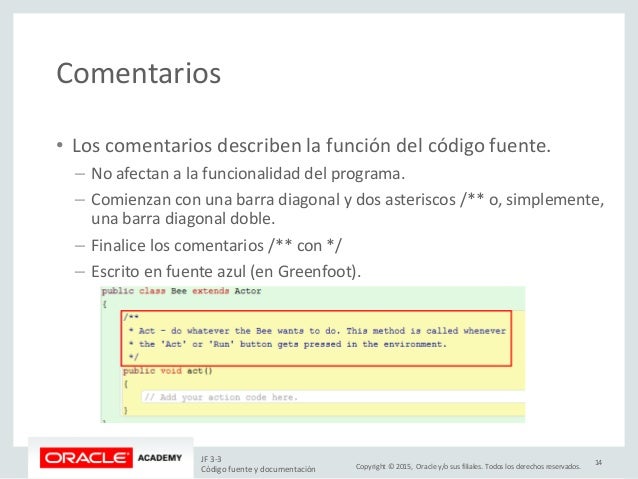


Greenfoot portable code#
If you haven't noticed already, Greenfoot 2 is now out with a much improved editor that supports basic code completion and intelli-sense. The developers could potentially focus their time in providing official support for coding in other IDE's, but the amount of work required means it's pretty much been decided it's not worth doing.
Greenfoot portable professional#
I've often wanted to use a professional IDE for doing Greenfoot work myself, but the simple answer is that Greenfoot is primarily focused for beginners, for a fun and interactive way of teaching Java to people who have never programmed previously. It's more by accident than design that it works at all this way. Someone out there might just be looking for an Islandic language setting.As you've found already you can add libraries and mess around to get some bits working, but it's not officially supported (so might change from release to release or break) and most likely never will be. If you do any translations, we would be very grateful if you would send us your language files for inclusion into the Greenfoot distribution. All Greenfoot-specific labels are contained in the file 'greenfoot-labels' - only this file has to be copied across and translated.Īt the time of writing, The following languages already have translations for the BlueJ labels, but not for Greenfoot (and thus should be quick to translate): Afrikaans, Catalan, Japanese, Portuguese, Swedish. If a directory for the language you want to translate to already exists, then most likely a translation has already been made for all BlueJ label files, and you only need to add the Greenfoot-specific labels. You may wish to use the native2ascii tool (included with Java) to convert non-Ascii characters into the appropriate escape sequences. Greenfoot requires that these characters are encoded as unicode escape sequences ("\u" followed by a 4-digit hexadecimal value representing a unicode code point). Note: many languages use non-Ascii characters. Setting on as described above in the previous section, using the property setting bluej.language=islandic New Islandic directory, you can switch the Islandic language The left-hand side of the equals on each line, you just need The PVC frame provides a sturdy structure that is lightweight and easy to disassemble and store for the winter. (keeping the format of the files as it is). The GreenFoot Garden Grow Bag Frame is intended to be used with GreenFoot Garden Grow Bags to easily design and arrange your garden space. They are all text files.Įdit each of those files (ignore the greenfoot/apiĭirectory) and translate all the texts in them to Islandic Then copy all the files out of the "english" language directory into your new language directory. In the lib directory, you will find subdirectories named
Greenfoot portable how to#
All interface texts (labels, dialogues and help texts) can be found in plain text files in the Greenfoot 'lib' directory (read the section above for information on how to locate this directory). To translate the Greenfoot interface, both the BlueJ and Greenfoot labels have to be translated. The Greenfoot implementation re-uses a lot of code from another system, called BlueJ.




 0 kommentar(er)
0 kommentar(er)
